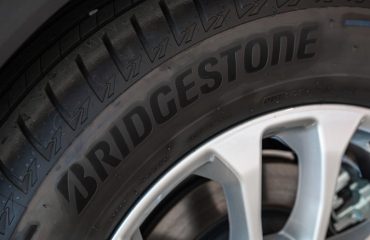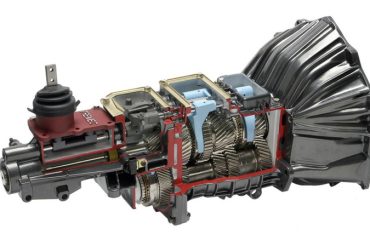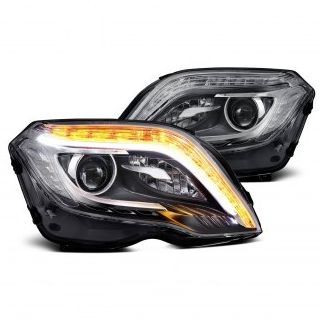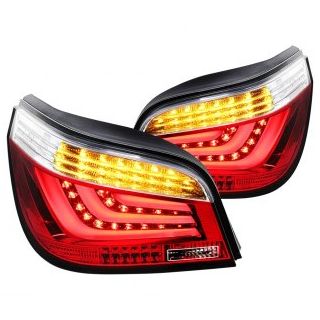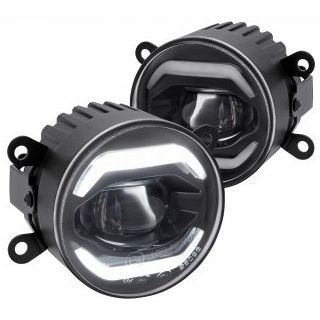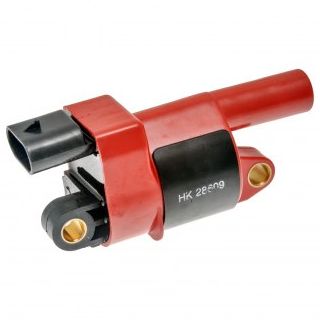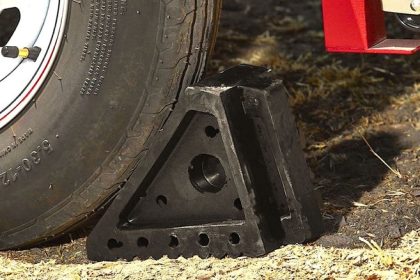
When it comes to automotive safety, it’s worthwhile to consider systems designed to protect you while your car, truck, SUV, or motorcycle is moving. But the fact is that vehicles can be every bit as dangerous when they are parked, and if you’re working on or around one, you should always brace it to keep it from moving.
The best, and thankfully easiest, way to brace a vehicle is a little device called a wheel chock, which is designed to be wedged under a tire and keep it from maneuvering when a vehicle is parked. if you’re in the market for some, you’ll be happy to know they’re easily attainable from numerous retailers, including the family-owned hardware chain Harbor Freight Tools.
Perhaps more importantly, Harbor Freight’s CNET-approved wheel chocks won’t cost you much, with a single, solid rubber chock running just $8.99. There are also upgraded options available of the company’s in-house Haul Master brand wheel chocks, with a rubber build fit with handy eye bolts priced at $13.99, and if you need something more heavy duty, Harbor Freight also offers a steel chock designed to stabilize a motorcycle for about $54.99. With those options available, the question becomes which material is best for a wheel chock?
Rubber is the most commonly-used wheel chock material
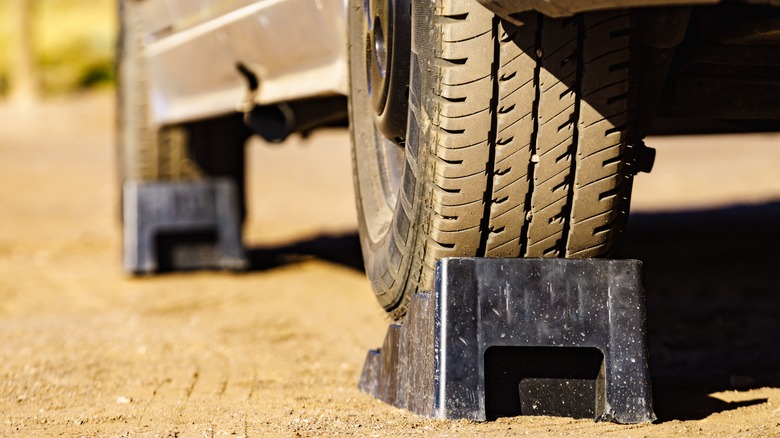
There’s much debate about what material is best for your average, everyday wheel chock, with users questioning whether rubber, plastic, metal or even urethane is the most effective in the devices. While no definitive answers can be given on the matter, rubber is generally seen as the go-to material used by companies that make and market wheel chocks, as it’s cheaper and more durable than many other elements, including most manufactured plastics. To that end, the chocks available through Harbor Freight Tools are primarily made of rubber, save for the steel motorcycle wheel option.
That’s not to say that plastic can’t be used to make a good wheel chock. Quite the opposite is true, and numerous plastic options are available that can be extremely effective when used correctly. It’s widely understood, however, that plastic is less durable than rubber, meaning these chocks may have a shorter lifespan. Likewise, plastic tends to support less weight in comparison to rubber, which arguably makes those wheel chocks more suitable for use with smaller cars rather than trucks, SUVs, or campers and trailers.
As for metal and urethane, some consider steel and aluminum to be best for bracing heavy-duty vehicles due to their strength and durability. Meanwhile, urethane has become one of the more prominent materials used in the manufacture of wheel chocks due to the fact that it’s extremely durable and more lightweight than rubber, plastic or steel. However, urethane chocks tend to be considerably more expensive than those made with other the materials, so you’ll need to decide if those factors are worth the extra investment.

